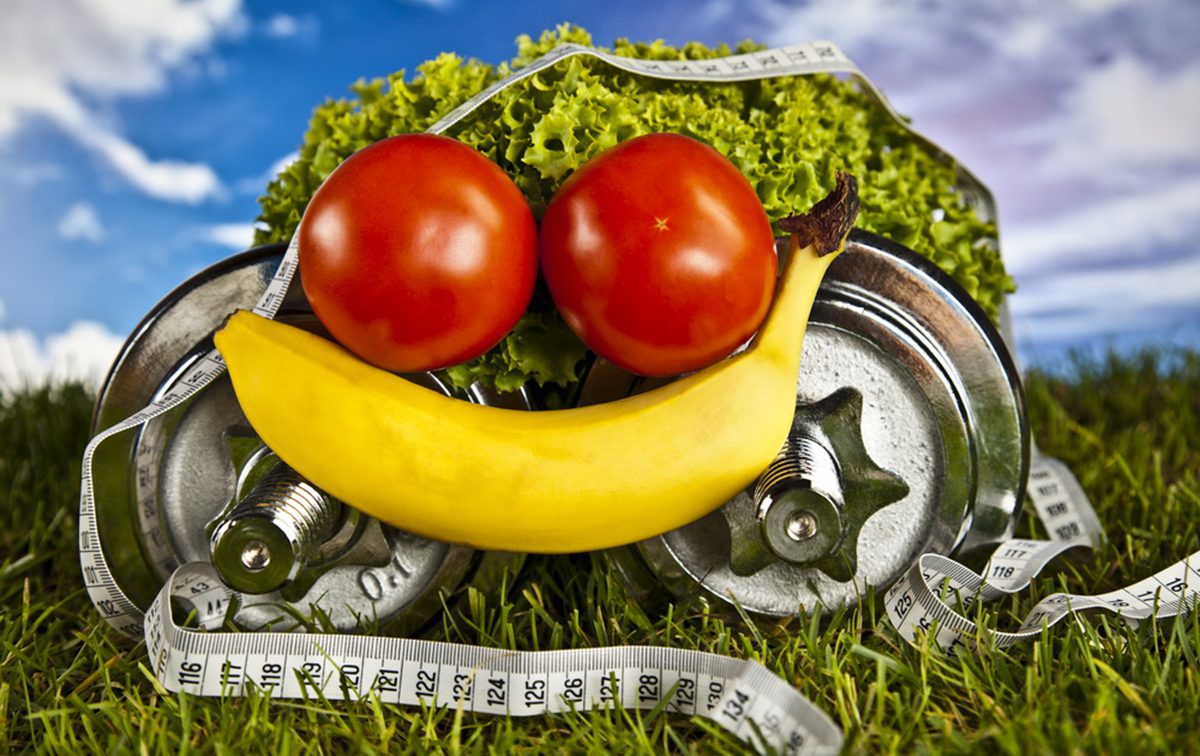Table of Contents
To diet down and lose fat, you need to be in a calorie deficit, i.e. consuming fewer calories than you burn. This forces your body to turn to its stored fat tissue to supply you with energy for daily activities, and your work in the gym or on the sports field. The trouble with this is that while you can use stored fat (adipose tissue) as fuel, it’s not as readily available as energy from ingested calories.

This can be shown in a drop in general motivation for training, or a lack of fitness and endurance, but generally rears its ugly head in your weight training sessions. Not only do you find that you can’t lift as heavy maximal weights, but a weight that you might have been able to do for eight or 10 repetitions when you weren’t trying to diet might now only go up for a set of five or six.
It’s the ultimate catch 22. Getting leaner is great, and you might actually be stronger in relation to your bodyweight with your new, lighter physique, but those lower gym numbers can play real havoc on your mind.
Fortunately, there are a few simple strategies you can implement to halt this drop in progress when dieting.
Don’t Cut Calories (Too Much)
Some calorie deficit is needed to lose fat. There are no two ways about it. However, your body will only lose fat at a certain rate, and only requires a set calorie deficit to do this. Generally, if you’re losing more than 2 pounds per week, you can be fairly sure you’re not only losing fat, but muscle mass too. This is guaranteed to cause a performance drop.
To get round this, don’t drop your calories too low.
Find out how many calories you need to maintain your weight, either by using an online calorie calculator, or by tracking and recording your food intake and body weight for a couple of weeks, then subtract 500 from your daily maintenance calories. This 500 calorie drop alone will result in around 1 pound of fat loss per week. Couple that with your training, and you’re probably looking at 1.5 to 2 pounds per week – the ideal amount of fat loss without compromising muscle mass.
Should your weight plateau, simply drop 50 to 100 calories per day – no more.
Don’t Neglect Carbs
Carbs get a bad rap for causing fat gain, and low-carb diets are often touted as a way of losing fat. This can work, but carbs are also your body’s preferred source of energy, so going too low is a bad idea for athletes.
Aim to eat around 1 gram of protein per pound of bodyweight each day, 0.3 to 0.5 grams of fat per pound of bodyweight each day, then get the rest of your calories from carbs.
Read More: 7 Stretching Exercises You Should Perform
Protein Intake
Protein is vital for tissue repair, enzymatic processes, and overall health. For the average adult, the recommended intake is 0.8 grams per kilogram of body weight. Athletes, however, require more: endurance athletes need 1.2-1.4 grams, while strength athletes need 1.6-2.2 grams. Those aiming for weight loss or muscle gain should also adjust their intake accordingly.
Protein quality varies; animal sources typically provide complete proteins, whereas plant sources might be incomplete. Combining plant foods, like beans and rice, can yield a full amino acid profile. Whole foods are ideal, but supplements can help meet higher requirements.
Nutrient Timing
Eating bigger meals around the times you train can boost your energy levels and improve your recovery times afterward. You may even benefit from an intra-workout shake or drink, containing carbohydrates for energy and amino acids for muscle repair.
As a guide, aim to consume around 25 percent of your daily calories in the two hours leading up to your training session, match or competition, and another 25 percent within the two hours afterward.
Recovery
Recovery is a crucial component of physical and mental well-being. It involves allowing the body and mind to heal and rejuvenate after strenuous activity, stress, or illness. Proper recovery can prevent injuries, reduce the risk of chronic fatigue, and optimize overall performance. Key aspects of effective recovery include adequate sleep, proper nutrition, hydration, and relaxation techniques.
Active recovery, such as light exercises and stretching, can further enhance circulation and muscle repair. Mental recovery, through mindfulness and stress-reducing activities, restores cognitive functions and emotional balance.
- “The Essentials of Sport and Exercise Nutrition”, By Dr. John Berardi and Ryan Andrews, Published 2009
- Photo by shutterstock.com
- Photo courtesy of Alpha by Flickr : www.flickr.com/photos/avlxyz/3029788459/


Your thoughts on this